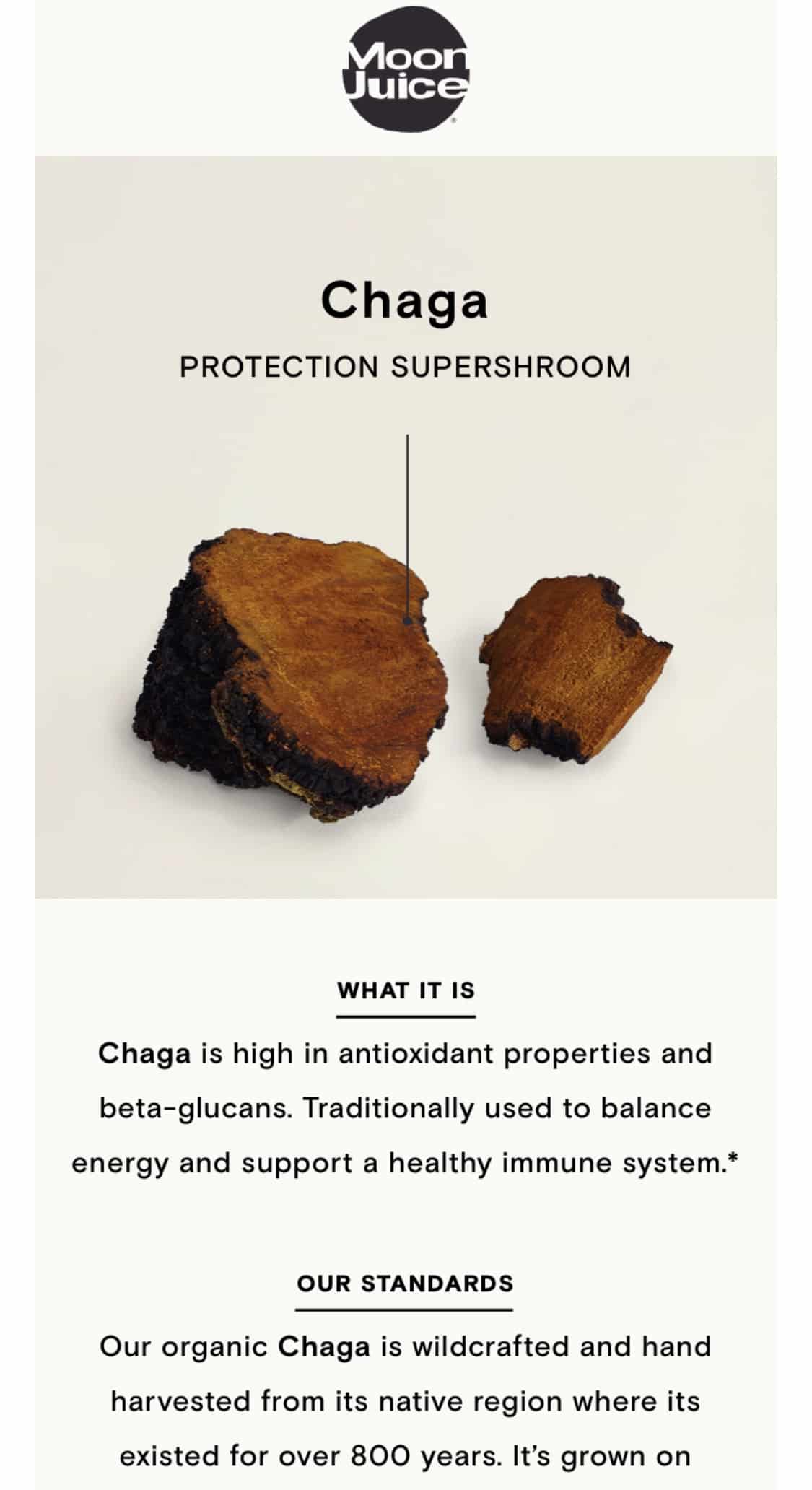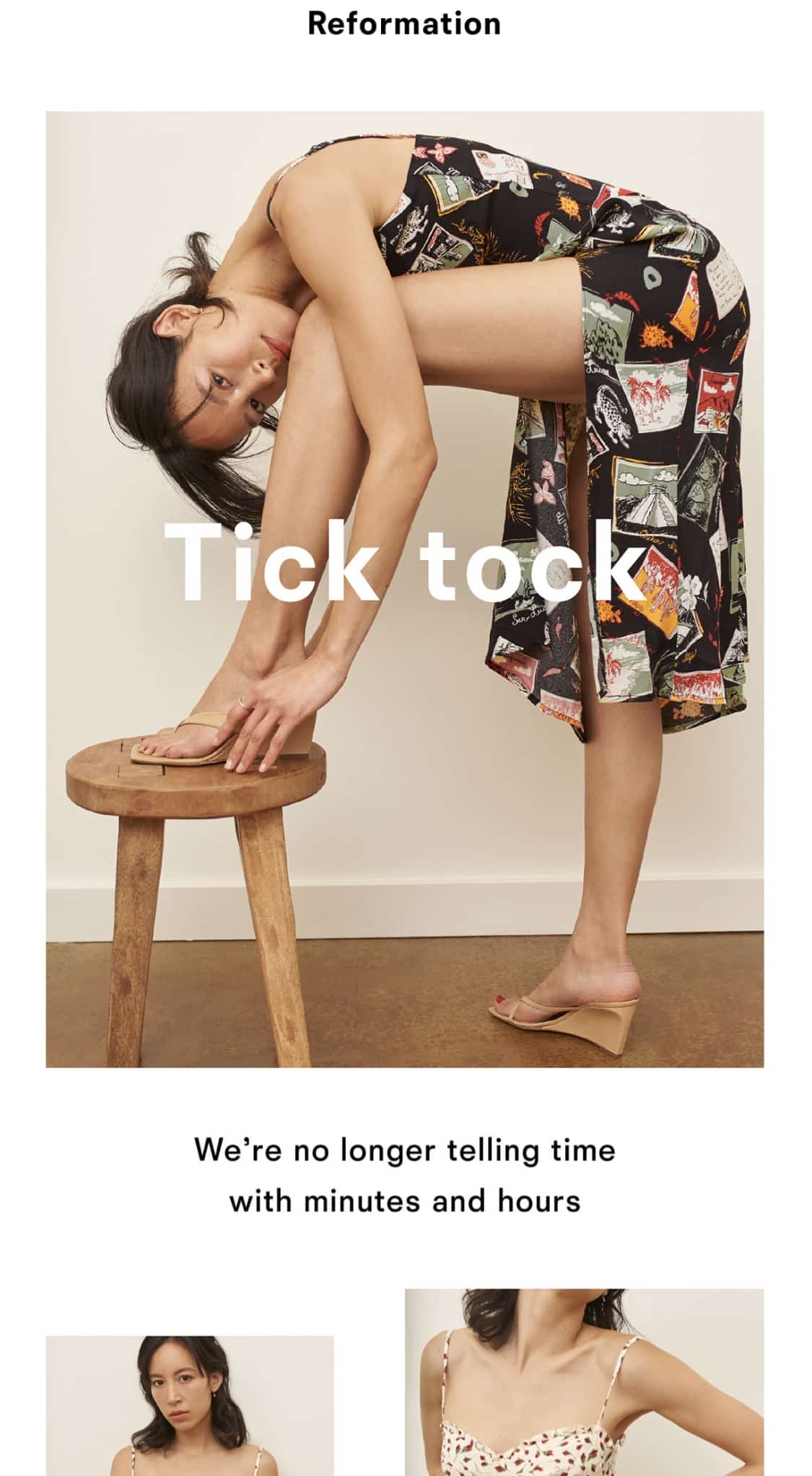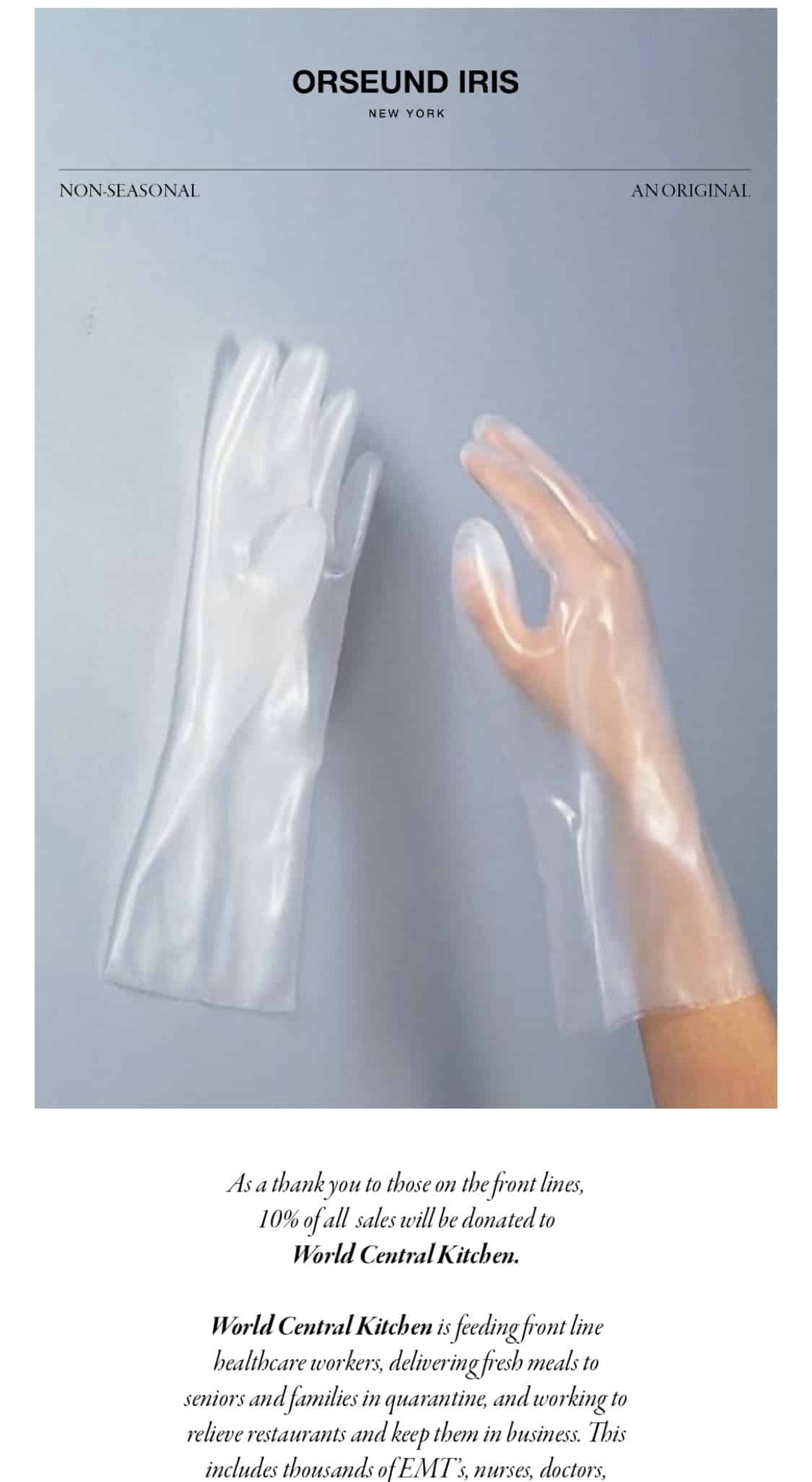All retail business, whether physical or digital-based, share a general understanding that email marketing is a crucial step in growing and maintaining customers. Not only does mastering email marketing keep your audience in the loop, but it can also help to convert potential consumers into real customers and can promote loyalty among your existing ones.
Email marketing is one of the most effective ways of getting your brand out there solely based on the amount of individuals who have access to email. According to Pew Research, 92% of adults in the United States use email, and 61% of those individuals are checking their emails on a daily basis. These percentages alone should show you just how important email marketing is and how, even in today’s world of social media advertising, is still a major player in customer conversion and overall exposure.
Now the real question is, how do you stand out against all the other email newsletter out there? There are a few things to consider before hitting send. In this post, we will be discussing just how mastering the art of email marketing can transform your business. Select your platform, design, and schedule for your business so that you can create your own perfect email formula.
Platforms
When comparing the various types of email marketing platforms, it is important to identify which software offers the best templates and features for your ecommerce needs. For example, some platforms will have more shop-friendly features such as click-through links or shoppable designs, than others.
Outlined below is a few of our favorite email marketing platforms and what they have to offer ecommerce brands like yours:
Mailchimp
- Offer automated emails for order notifications, product recommendations, and abandoned shopping cart messages
- Available data for analyzing reach, conversion, and engagement rates right through the platform
- Cohesive templates for email newsletters along with Facebook ads, landing pages, and sign-up forms
GetResponse
- Along with email templates, they offer online classes, webinars, and automated marketing tools
- On-site infographics and reports that provide insights into current marketing trends and techniques
- Available simulations to fully understand customer behaviors and build overall engagement
Klaviyo
- Integrations with the top ecommerce platforms like Shopify, Shopify Plus, BigCommerce and Magento
- Offers segmentation and demographic data to better categorize and target subscribers
- Email templates that feature in-depth personalization and automated campaigns
Design and Content
After you select your platform, it’s time to create your personal email design. Most email marketing services have templates to help you get started, but it’s up to you add the eye-catching content. Images are everything when it comes to getting those conversions, but it all starts with the subject line in getting your subscribers to actually open the email. It’s important to have an opening line that will make your audience want to read more. For example, if you are showcasing a new collection, try to think of a relevant event or holiday that your customers would be shopping for for your subject line content.
With email marketing, it is also important to note that consistency is key. Keep your tone and graphics in tune with your overall brand so that when your subscribers open your email, they know it is from your store. Always include your logo, brand colors, and fonts to keep things cohesive. Your graphics should have variety in order to keep things interesting, but should also be recognizable as part of your brand. Make sure to add plenty of images and click-through links as well!
Here are a few examples of email newsletter visuals we love:
Scheduling
You’ve got the dream platform and your template is on-brand and ready to send out to your subscribers’ inboxes. The final step in mastering your email marketing strategy is to create a schedule that works best for your business.
Of course you want to be recognized and stay relevant in your customers’ minds, but how much is too much? The goal is to gently nudge your audience without going overboard — which could cause them to hit that unsubscribe button. Most email marketing services provide general guidelines for this decision, but it’s important to do your own research first. Most studies show that the sweet spot for email frequency in small businesses is between two or three emails a month. However, it is suggested that weekly emails provide the most effective engagement and conversion growth.
The general rule of thumb is that you should only send out the emails if you have the content. Avoid sending out emails more frequently if you don’t have quality topics or information to share with your audience. If you happen to have tons of engaging content, feel free to upgrade to two emails a week. It all depends on how you want to run your email marketing strategy and how connected you wish to be with your subscribers. That being said, it is also important to keep things consistent. Whether you are sending out monthly or daily emails, make sure to keep that frequency as persistent as possible.
Want more info on how to revamp your digital marketing strategy? Head to our blog to read more about how you can engage customers and improve your visibility online.






